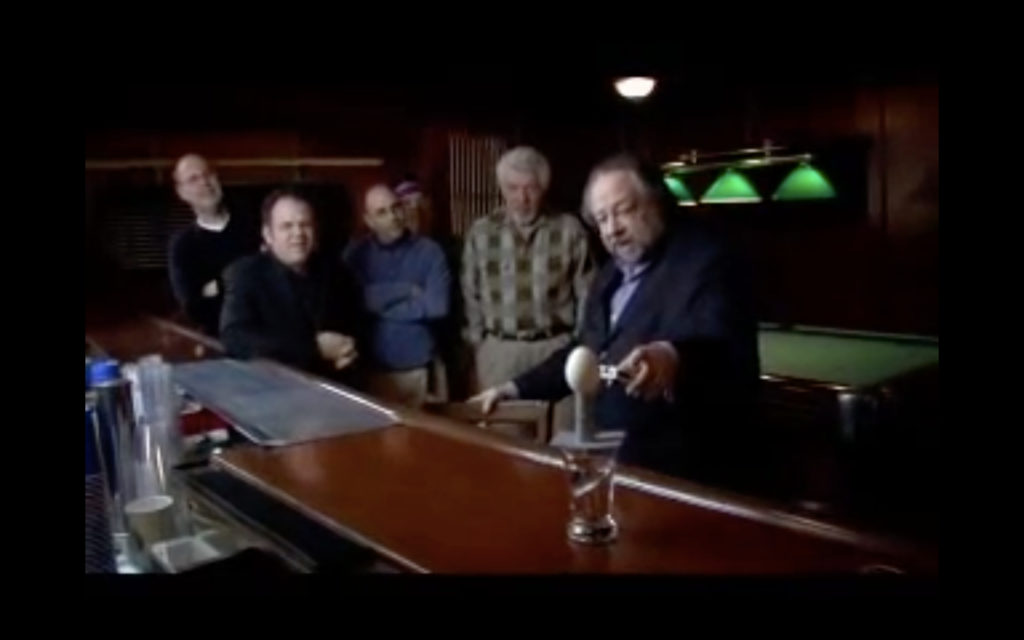During a recent interview, A-list copywriter Parris Lampropolous shared a story from early in his career.
Back then, Parris was writing his first magalog.
A magalog, as you might know, is a format for sales copy that mimics a magazine. It was a popular way to sell newsletter subscriptions back in the 90s and 2000s, before the Internet started to have its finest hour.
A typical magalog had a main “message from the editor” that ran the length of the “magazine.” It also had a dozen sidebar articles on individual topics.
How to write all this shit? It seems like a huge amount of work, and it’s hard to know where to even start. And that’s how it seemed to Parris back when he had to write his first magalog.
So Parris asked his mentor, Clayton Makepeace, for advice. And Clayton told Parris writing a magalog was simple:
You start by writing a bunch of fascinations, aka bullets, based on the content you are selling.
Some of these fascinations will have weak payoffs. In other words, there’s a good chance the reader will be disappointed when he finds out the “secret.”
So those weak fascinations stay “blind” fascinations, and just go into the sales pitch that is the message from the editor.
But some fascinations will have great payoffs, real forehead-slapping stuff. Those fascinations become sidebar articles, and reveal the secret.
And Clayton also told Parris the following:
The first few pages of the magalog are all good content… then it shifts to being 50/50 sales and content… and by the end it’s all sales pitch.
That’s all it takes to write a magalog.
So that’s what Parris started to do, with great success. He went on to have magalog controls at major publishers like Boardroom… and some of those magalogs earned him $1M+ in royalties. In the interview, Parris said this bit of advice on how to write a magalog made his career.
“Great for Parris,” you might say. “But how am I supposed to use this info with today’s copy formats?”
I’m glad you ask. Because it seems to me the magalog advice maps neatly to writing emails to promote an information product.
Start with fascinations… write an email for each fascination… reveal the rare good payoff… keep the fascination with a weak payoff blind.
And if you run a campaign that’s got a deadline (and why wouldn’t you), you can even follow the magalog structure of keeping the first part of the sequence all good content… then 50/50 content and selling… and finally all teasing and pitch.
But that’s not all. You might be able to use this magalog advice for other copy formats too.
For example, tomorrow I’ll share how you can use it in a sales medium you’ve probably never heard about… the rare and elusive kindlealog.
If you’d like to read that article, you might like to sign up for my email list. It’s where my articles appear first, and with no fascinations kept blind, even the most underwhelming stuff. Click here if you’d like to sign up.

